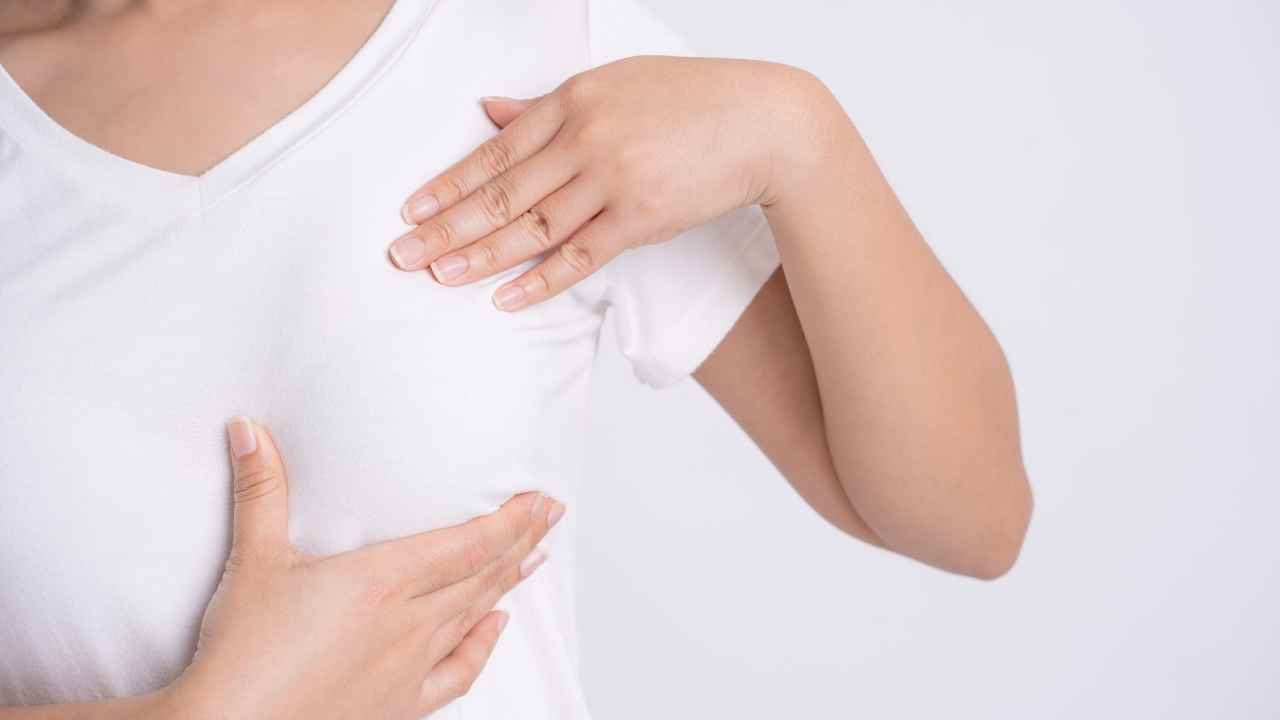
A Breast Lump is a common type of formation that results from the growth of any tissue. This can happen in any part of the body. But in the case of the women breast lump mainly occurs in the breast gland.
Several breast detection procedures can easily tell you about the cause of the formation of the lumps. Normally a breast lump can cause several non-cancerous diseases. Non-cancerous breast lumps will not be life-threatening but will provide a lot of complexions in the woman’s body.
In other cases, a breast lump occurs due to the presence of cancerous cells in the body. This is a highly noticeable factor as the cancer lumps can also snatch your lives without proper treatment or delay treatment.
It is highly recommendable to consult with a doctor when you see a formation of a lump in your breast. The doctor would suggest further steps.
Different Causes of Breast Lumps
According to research, a breast lump can occur due to many reasons. The female breast has two main types of tissues which include the milk gland and the milk tube.
Milk Gland is the place where the milk is created to feed the baby and the milk tube is the pipe by which the milk is sucked by the baby. Not only this, but female breasts also contain several fatty tissues including fibrous tissue and nerves. Any kind of malfunction or change in this tissue can lead to the formation of the Lump.
Some of the main reasons for the formation of breast lumps include:
- A polygenic bacterium or infection
- Nonmalignant Tumor
- Cysts or Carbuncle
- Fat Necrosis
- Lipoma or Fatty tissue
- Any king of breast injury
- Breast Cancer
Not all breast lumps feel the same. Some feel like they have a border, while others feel like a thickened tissue. This varies from woman to woman.
How you can cure a Breast Lump without surgery?
If your lump is formed due to infections your Gynecologist would suggest some medications.
If the Gynecologist suspects it to be a cyst then it does not demand any treatment. In most cases, the cyst disappears automatically. This is not the end.
According to the research, there are many lump cases that do not need any physical treatment those cases include:
- Injury
- Fibroadenoma
Have queries or concern ?
How is a Breast Lump removed surgically?
- Removing the lump by performing Lumpectomy.
- The gynecologist can also remove your breast tissue through Mastectomy.
- Chemotherapy can also be a good option to kill cancer cells.
- Special treatment can also be performed like the radiation process that uses the rays to kill the cancer germs present in the body.
The whole treatment procedure depends on the amount of the cancer cell affecting your body. It also depends on the size and location of the lump.
Recovery after breast lump surgery
There are some things that you can expect in the process of recovery. The points are listed below:
- After surgery, you might find some pain but that can be recovered with medications.
- You should not perform any severe works and should take a rest.
- You have to look after the surgical area and should avoid that area for a few days.
- You should quit smoking.
- If you feel something is different then you can also further perform reconstruction of the breast.
Self-examination way of checking for breast lumps
Do you know that you can perform self-examination by yourself and check the presence of any lumps? With the help of the following methods you can surely perform that:
- You need to take support of your pillow and with the help of your hand have to find out any presence of a lump.
- You can stand up and in the mirror can check the reflection of your breast.
- You can also sit straight and with the help of your hands can check your breast.
When should you consider breast Biopsy?
A Breast biopsy can be considered when the surgeon finds any type of cancer cell in your breast. In common words, breast biopsy is the procedure of checking the presence of breast cancer cells by performing a surgery in which the breast is open up and small breast tissue is taken out to conduct the diagnosis.
Your surgeon will perform this when he/she will notice any abnormality in your breast glands such as the formation of the lumps or changes in the nipple size or color.
Conclusion
The treatment of breast cancer or breast lump is regularly improving. So, you should be careful with your health and should maintain a good lifestyle. There is no single reason for the formation of this so it is better you take preventive measures.
Patient Feedback
Great doctors, Good facilities, caring and helping staff. I recommend this hospital for day care services.
![]()
![]()
Sangram Shinde
All doctors r very good. There treatments is best. Other staff also good. The service of nurses is great...Hospital is always clean.
![]()
![]()
Vaishali Aitawade
All services provide by hospital are nice and on time. Doctors are polite and co-operative with patient.
![]()
![]()
Ankita Jagtap
All services provided by hospital is good. Hygiene maintained well.Even at night good care provided.
![]()
![]()



